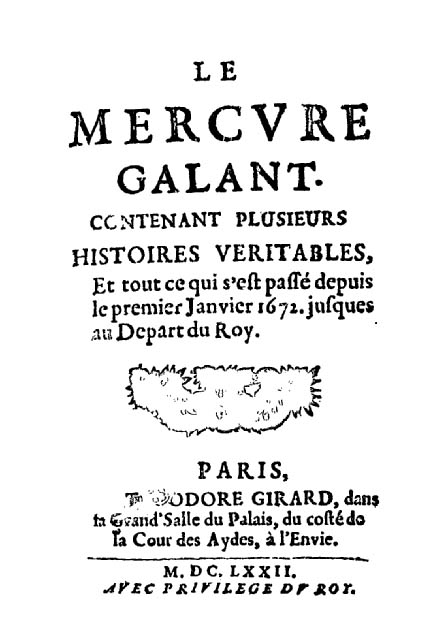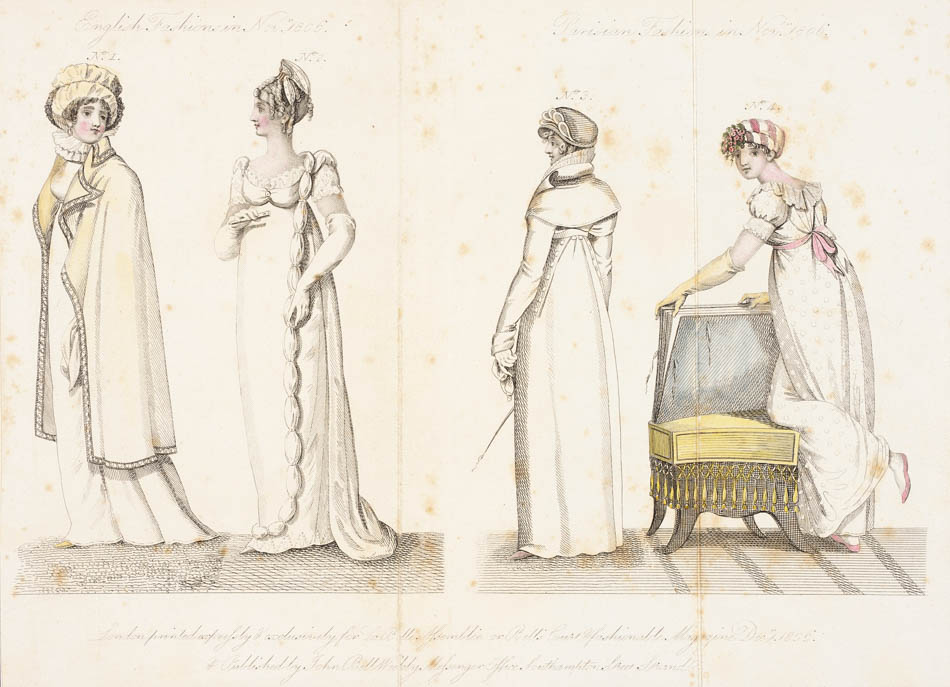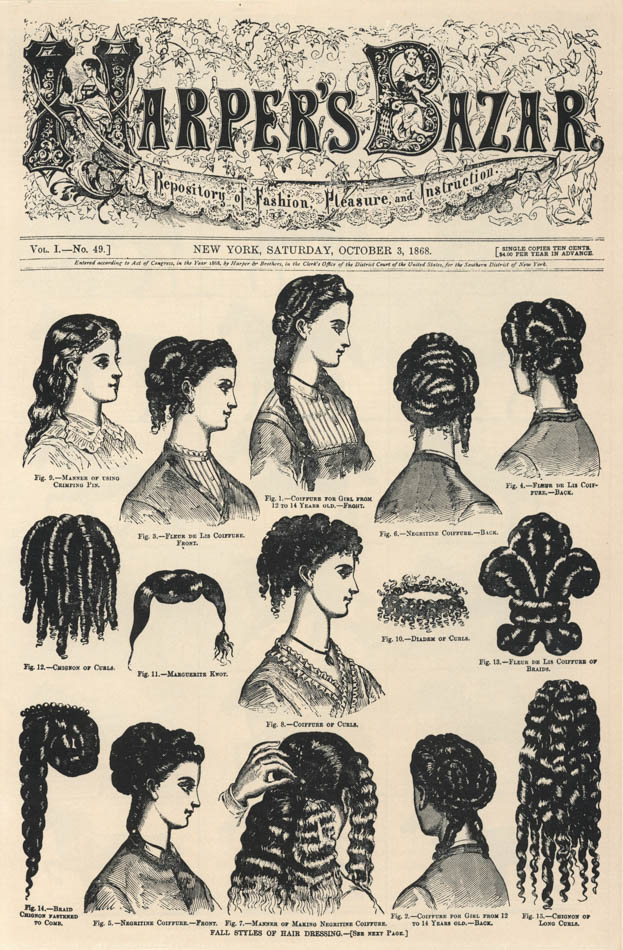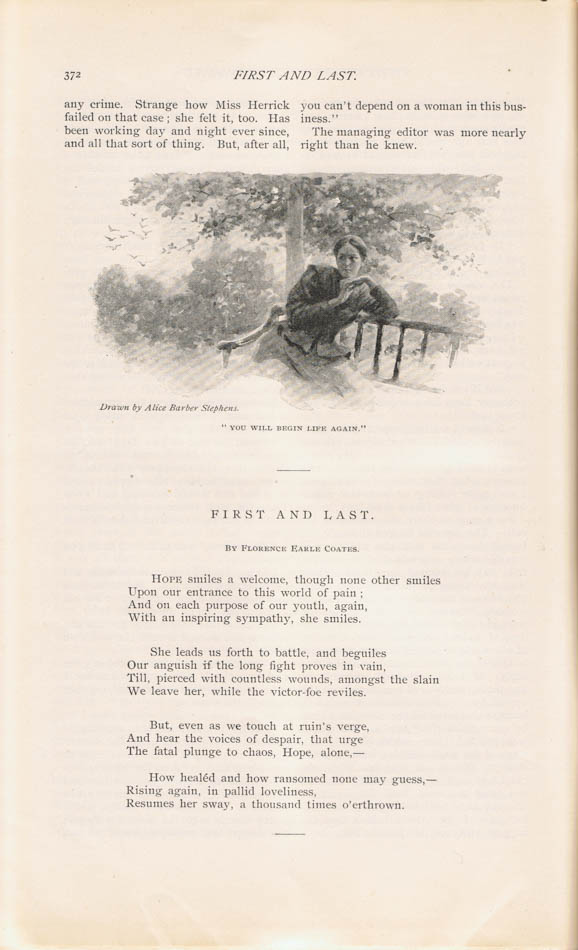People have been wearing clothes for centuries, but when did the idea of fashion begin? Clothing has long been utilised as a means to distinguish the classes, but this was far from fashion as the way we celebrate it today. The modern idea of “fashion” started in Renaissance Europe. This era brought noteworthy changes to dressing customs, and a struggle between the old and the new. Upper classes were concerned with preserving identification of rank with luxurious clothing, while others became concerned with future generations viewing the older generations as absurd and ridiculous in terms of dress.
Meanwhile, the idea of looking attractive to obtain a husband and keep him faithful began trickling down, from the elite to lower classes of women. New colours and elements of clothing including detachable sleeves were seen in the early 1500s in Basel, Switzerland. These trends started with the highest classes but, within a few years, they were seen being worn by even journeymen and prostitutes. These new trends slowly grew and evolved, and eventually became the fashion we know today. Of course this puts the story of fashion very simply, but it gives you a general concept of the beginnings of both fashion and the context for fashion writing.
How Did Fashion Writing Start?
The portraits of the wealthy might be thought of as the first communications of fashion and were sometimes used in royal circles as a way of putting marriageable personages on display. However, with the inception of “fashion” came fashion plates, which can be seen as the true start of modern fashion communications. These fashion plates were engravings, illustrations and drawings created for the purpose of conveying the newest styles of shoes, clothing and hairstyles.
While fashion plates can be considered the origin of fashion magazines, since they gave the exact details of a particular outfit, it was not until the French newspaper, the Mercure Galant, that a publication dedicated a special edition to fashion. In this moment, one man had turned fashion into an event worth reporting on. This event marked the beginning of fashion truly becoming a part of everyday life for many people of the day.

The Mercure Galant’s founder, Donneau de Vise, was the first journalist to write about the concepts that are the basic tenants of fashion today. He also introduced the fashion seasons to the world. The fashion special edition or “extraordinare” in the Mercure Galant was not just a first in subject matter, it boasted an additional first, its target audience. Before this edition, women had not been targeted by the press. These bold moves are seen today as an ingenious marketing technique that drove a budding industry into the mainstream.
Nineteenth Century Fashion Journalism
The idea of newspapers and magazines became more commonplace throughout the nineteenth century, and women’s fashion periodicals began to take hold. Advances in technology meant that magazines and books quickly expanded in number and selection. In many circles, fashion and beauty were considered the duties of married woman as much as child rearing and keeping house.
In the early 1800s, there were a few hundred magazines in existence including ones targeting ladies. By the end of the century, they numbered in the thousands. One of the earliest English fashion periodicals was the Gallery of Fashion, which was a fashion plate magazine published from 1794 to 1803. Many of these popular magazines were conducted in some way under the direction of a woman, though women did not formally edit them. A few such publications are Records of Fashion, Court Elegance, La Belle Assemblée or Bell’s Court and Fashionable Magazine, addressed particularly to ladies.
Interestingly enough, fashion was not just a women’s subject. Some fashion magazines such as Gentleman’s Magazine of Fashions, Fancy Costumes, the Regimentals of the Army and Splendidly Embellished, specifically targeted men. This serves to illustrate the high impact fashion had on culture as a whole, rather than a particular gender.
Women’s periodicals, as an industry, were a profitable and growing business in the nineteenth century. By mid-century, mass production increased the number of magazines being printed and initiated the rise of specialty magazines. Some of these specialty magazines contained information on cooking and traditional homemaking tasks, while others centred on religion, education and equality. Equally, general magazines, such as Southern Women’s Magazine, which included poetry, prose, domestic topics and fashion, were very popular.
Unintended Consequences
The thriving women’s magazine industry, which had started simply with a “special edition” also had some positive unintended consequences. The rise of targeting women as readers opened the door for women to take a proactive position as writers and business women. In fact, according to Kristin H. Gerhard, Associate Professor and Librarian at Iowa State University in International Women’s Periodicals: Late 18th Century to the Great Depression, “By the early 1900s, for the first time, large numbers of women’s magazines were being created and published by women themselves. While women had long contributed to the women’s periodicals edited and published by men, some women wanted more direct outlets for communication and discussion.” Magazines like Ladies’ Magazine and Bibliothek der Frauenfrage were founded by women.
Fashion Plates to Photos
In the early 1900s women’s fashion magazines took another step into the future by transitioning from fashion plates to photographs. The early twentieth century ushered in an era of excess, which was reflected in the glossy pages of many fashion magazines around the globe. By the turn of the twentieth century, women had emerged from the home and became a growing part of the work force.

Fashion as Serious News
In the early 1900s, many newspapers occasionally reported on what someone wore to an important charity event or published photos of the newest Paris creations, but this never focused on the business of fashion as we are familiar with today. One woman can take credit for making fashion serious news in the 1930s and her name is Virginia Pope.
Pope was a journalist at the New York Times from 1925 to 1955, but introduced the news industry to fashion by reporting on Paris haute couture in 1934. Not only did she bring fashion to the serious business of news publication, she also brought theatrical fashion presentations to the public. Pope produced these presentations under the sponsorship of the New York Times every autunm.
The 1940s brought fashion journalism another step closer to what we are familiar with today. In 1943, the fashion publicist, Eleanor Lambert, started the trend of a New York fashion week. During this yearly event, fashion editors were invited to capsule presentations of Lambert’s clients collections. However, unlike today’s fashion events, the press week happened months after the collections were available to the public.
At this point most of the fashion news and journalism was focused in New York, but the fashion editors of several newspapers including the Chicago Tribune, Milwaukee Journal, Fort Worth Star-Telegram and Buffalo News decided that seasonal fashion news should be brought to their readership. In 1956, these newspapers started reporting on each season’s fashions as they were available to the consumer. Their reporting approach was similar to the way sports news is reported.
During the 1940s and 1950s, fashion journalism continued to be a rather dry and serious report to the public. It covered details like dress and skirt lengths, jacket cuts and fabric types. It stuck to a “hard news” type of reporting rather than a creative and colourful reporting style. Magazines like Harper’s Bazaar and Vogue, which had started in the 19th century, continued to play a large part in fashion journalism.

Fashion – A Page Turner for Ladies and Teens Alike
Throughout the 1960s and 1970s ladies and teenage girls alike turned to fashion magazines to learn about the latest styles and trends. Magazines like Vogue, Harper’s Bazaar, Cosmopolitan and Seventeen could be found on newsstands and bought through subscriptions. Print was still the primary means of fashion reporting.

TV Becomes the New Frontier
In the 1980s, fashion journalism invaded a new frontier, TV. Up to this point, fashion was not specifically a topic of discussion on television programmes, but this was all about to change with shows like Entertainment Tonight (1981) and later, Access Hollywood. Eventually, this progress to whole television networks dedicated to fashion and entertainment, and now just fashion. One example of this is Fashion TV (1997).
Social Media, Blogging and Beyond
The advent of the internet in the early 1990s signalled a transformation for many aspects of life, and fashion journalism was not exempt. It became a time when anyone could have an opinion and write about it. Many who would never have their voice heard, due to prohibitive printing costs and the need to gain a large readership, could now blog or vlog about fashion and have their ideas shared around the world.
Traditional fashion publications also turned to the internet, placing some or all of their content in the public domain, and in the 2000s digital only subscriptions became available. Today in the 2010s, we’ve come back to a time where a picture is worth a thousand words. Instagram, Twitter and other social media outlets put photography first and text second. As communication in our world grows and changes, so will fashion journalism. And as the demand for quality shareable content continues to grow, it is possible that high end content will dictate the future of fashion journalism.
Sources
- Christopher Breward, “Femininity and Consumption: The Problem of the Late Nineteenth-Century Fashion Journal,” Journal of Design History, Vol. 7, No. 2 (1994), pp. 71-89. Retrieved from http://daily.jstor.org/birth-fashion-magazines/, 22 May 2016.
- “Fashion Journalism,” Encyclopaedia of Clothing and Fashion, The Gale Group, Inc., 2005. Retrieved from http://www.encyclopedia.com/article-1G2-3427500224/fashion-journalism.html, 20 May 2016.
- Joan DeJean, “How Much is Too Much?” The Essence of Style. (Free Press, New York 2005) pp. 27, 48.
- Kayla C. Boyd, “Democratizing Fashion: The Effects of the Evolution of Fashion Journalism From Print to Online Media,” McNair Scholars Research Journal: Vol. 8: Iss. 1, Article 4 (2015). Retrieved from http://commons.emich.edu/cgi/viewcontent.cgi?article=1088&context=mcnair, 22 May 2016.
- Kristin H. Gerhard, “International Women’s Periodicals: Late 18th Century to the Great Depression,” International Women’s Periodicals, Cornell University Library. Retrieved from http://ebooks.library.cornell.edu/i/iwp/women_intro.html, 18 May 2016.
- Marylou Luther, “Fashion Journalism” Love to Know. Retrieved from http://fashion-history.lovetoknow.com/fashion-clothing-industry/fashion-journalism, 20 May 2016.
- “The History of Magazines,” Retrieved from https://www.magazines.com/history-of-magazines, 18 May 2016.